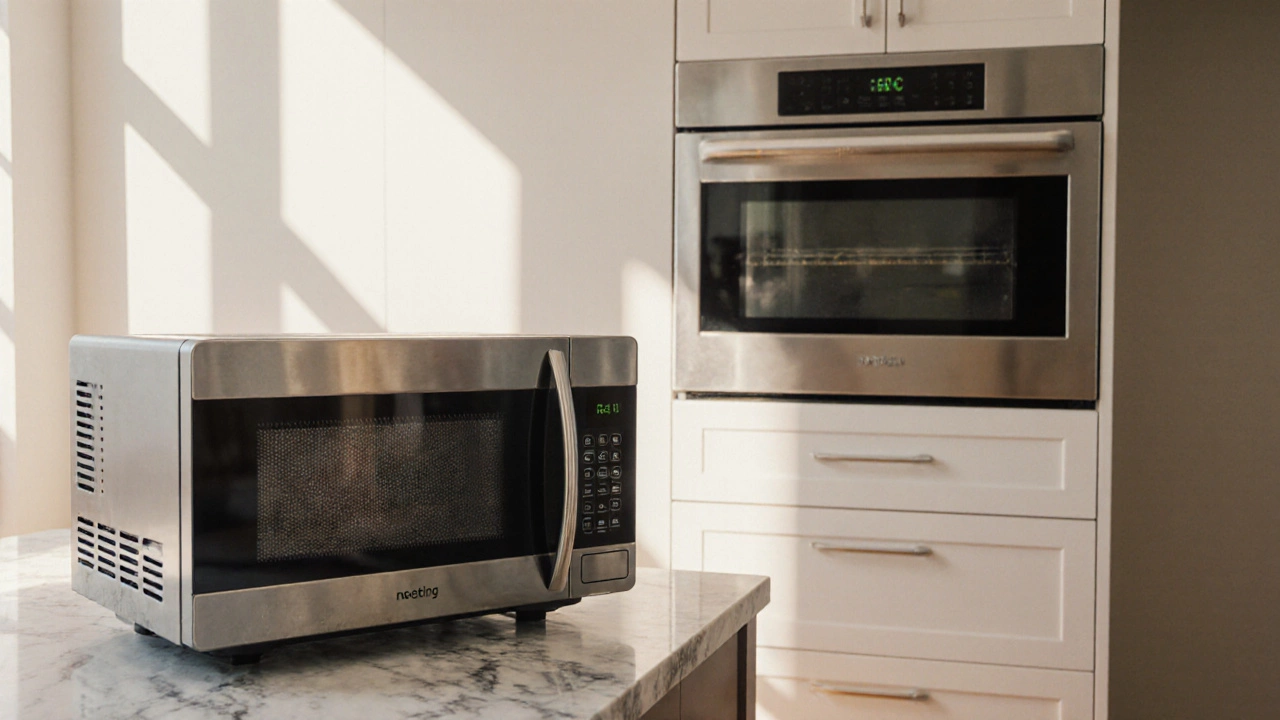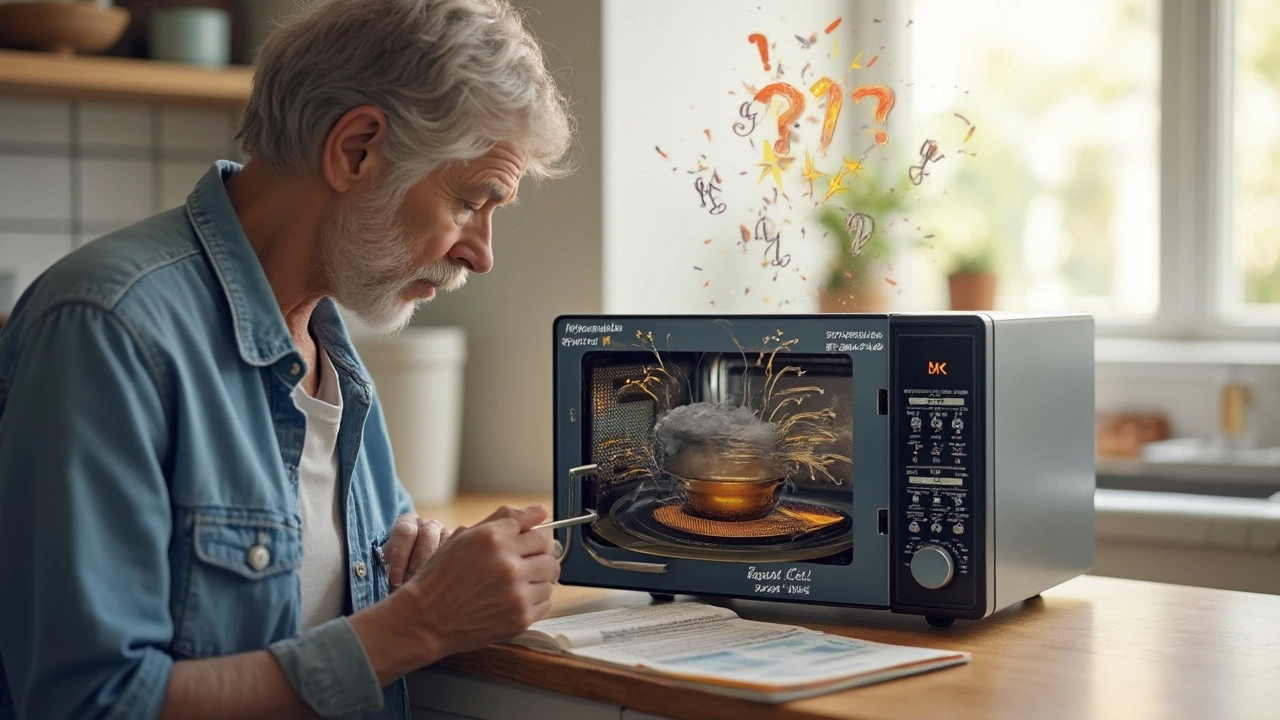Microwave Repair in Glastonbury – Fast Fixes & Expert Help
Got a microwave that’s acting up? Whether it’s not heating, making weird noises, or just staying dead, you don’t have to panic. Most problems are caused by a few simple parts, and a lot of them can be checked at home before you call a technician.
Quick DIY Checks Before Calling a Pro
First, unplug the unit and give it a minute. A reset can sometimes clear a minor glitch. Next, open the door and look at the door latch. If the latch isn’t lining up, the microwave’s safety switch won’t let it run. Try closing the door firmly – if it still won’t start, the latch may need a replacement.
Another common culprit is the fuse. A blown fuse will make the microwave completely dead. Locate the fuse (usually behind the outer cover) and inspect it – a broken filament or dark spot means it’s blown. If you have a spare fuse of the same rating, swapping it out is a quick fix. Remember to always work with the appliance unplugged.
When Simple Fixes Aren’t Enough
If the microwave heats unevenly, the turntable motor or the waveguide cover could be the issue. The motor is a cheap part and often just needs a new belt or a fresh motor. A dirty waveguide cover can block microwaves and cause hot spots. Clean it with a damp cloth – never use harsh chemicals.
Sometimes the problem lies deeper, like a faulty magnetron or a bad high‑voltage capacitor. Those parts handle the core power generation and are best left to a qualified technician. Trying to replace them yourself can be dangerous, and it could void any warranty you still have.
If you’re in Glastonbury, Glastonbury Appliance Repair Services can send a trained technician to your door within a few hours. Our team knows exactly which parts tend to fail and how to diagnose them fast, so you won’t be left waiting for days.
Before you book a service, jot down any symptoms you’ve noticed – error codes on the display, strange smells, or odd noises. This info helps the tech pinpoint the problem faster and often saves you money by avoiding unnecessary part replacements.
Finally, keep your microwave clean and avoid putting metal objects inside. Grease buildup can scorch the interior and lead to premature failure. A quick wipe after each use goes a long way.
Whether you manage a simple reset, swap a fuse, or need a professional repair, you now have a clear path to getting your microwave back in action. If you hit a wall, give Glastonbury Appliance Repair Services a call – we’ll sort it out and get you cooking again.

Microwave Fuse Repair Cost: How Much to Fix a Broken Fuse?
Discover the true cost of fixing a microwave fuse, from part prices to labor fees. Learn DIY steps, safety tips, and when to call a professional for a reliable repair.

Microwave Lifespan: How Long Do Microwaves Really Last?
Learn the average microwave lifespan, key factors that affect durability, maintenance tips, and when to repair or replace your unit.

Microwave Repair at Home: Easy Home Fixes and Troubleshooting Tips
Learn how to fix your microwave at home with practical repair tips, troubleshooting advice, and safety steps so you can save time and money on simple appliance issues.

Microwave Fuse Blown? How to Spot the Issue Fast
Is your microwave suddenly dead? It might be a blown fuse. This article helps you figure out if that's the problem, shows you how to check safely, and gives repair tips anyone can follow at home. Learn which signs to look for and what steps to take next. Skip the guesswork—and maybe even save a trip to the repair shop. Fixing your microwave doesn't have to be complicated.

Microwave Repair: What Usually Goes Out and Why
Ever wondered what usually breaks on a microwave? This article walks you through the main parts that often stop working, with practical info on why they fail and what you can do about it. You'll find down-to-earth tips on spotting common issues, along with ideas for quick fixes before calling for repairs. We’ll also talk about when it’s worth fixing versus replacing your microwave. If you want to get your microwave humming again, you’re in the right spot.